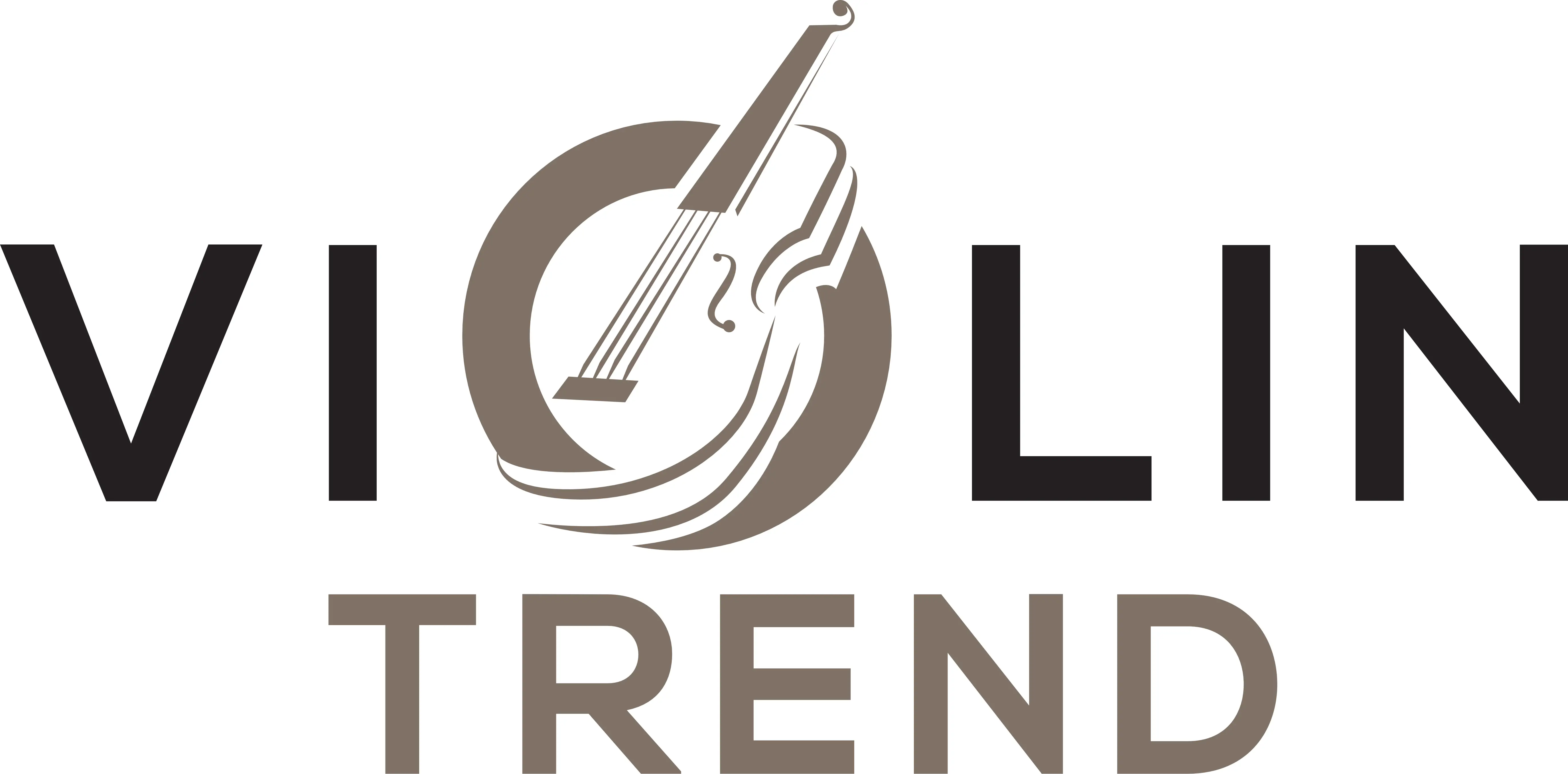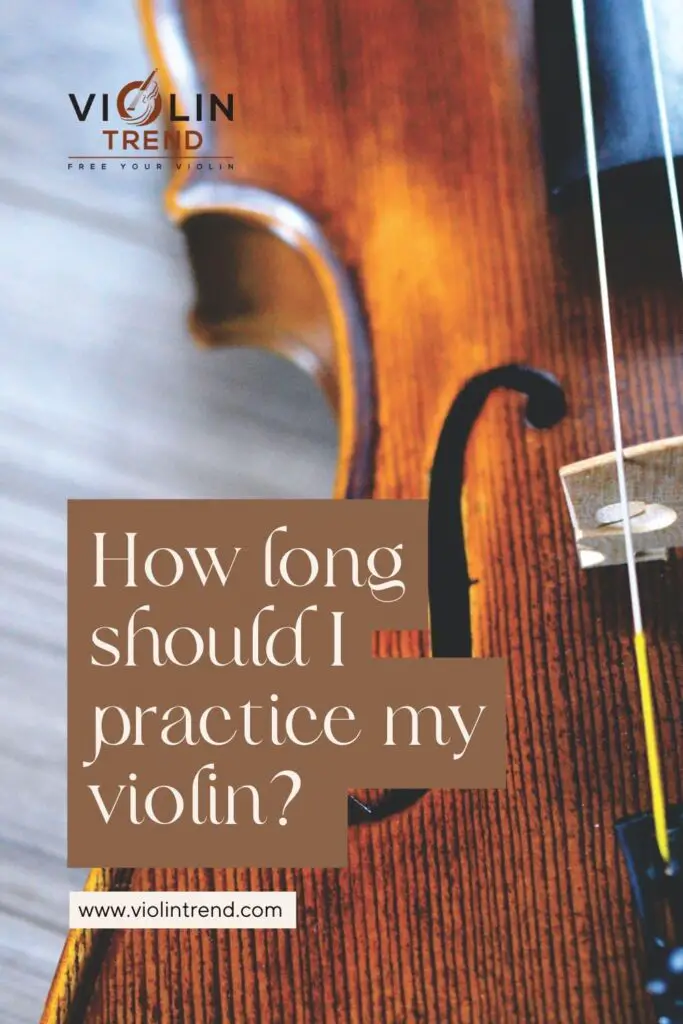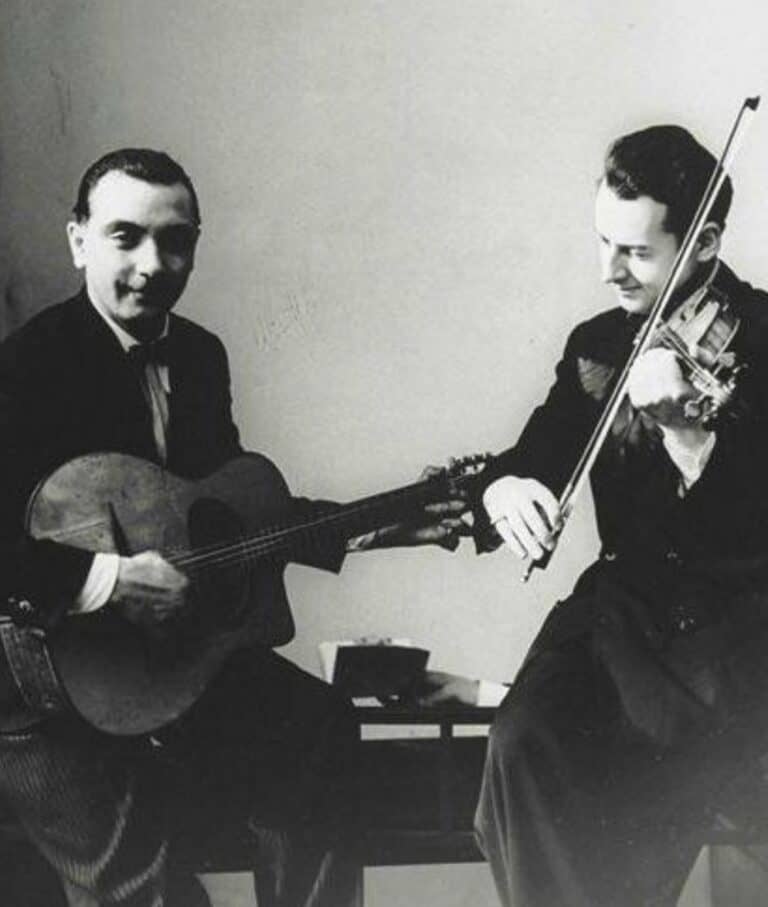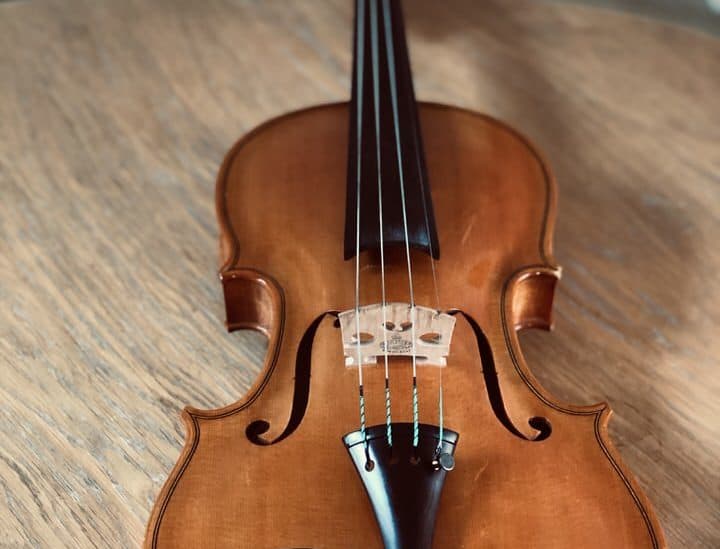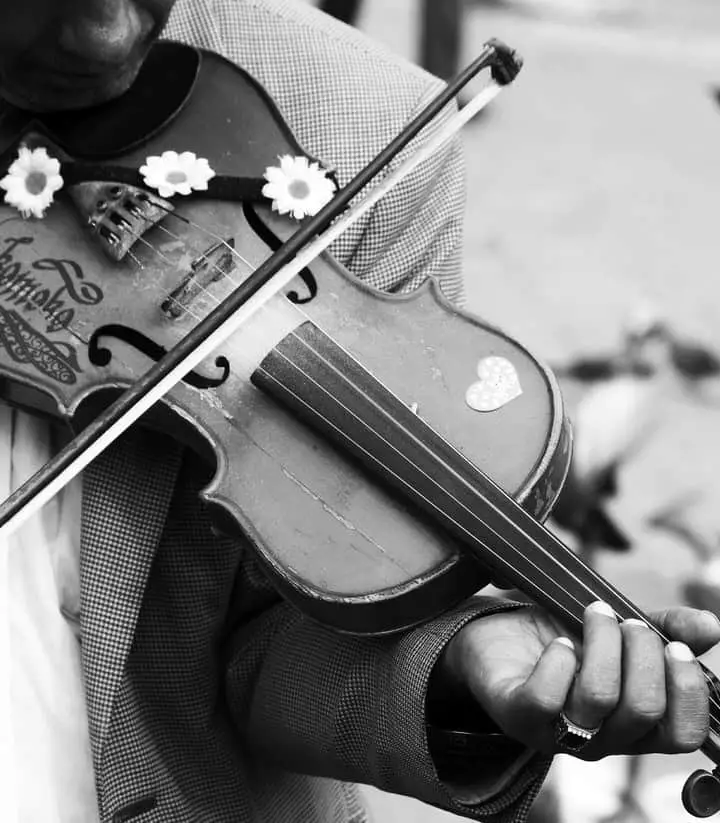Violin Lessons: 8 Great Things to Consider Beforehand
A parent considering violin lessons for her child might have several initial questions and concerns. Here are some common ones.
When a parent contemplates violin lessons for her child, a myriad of questions and concerns naturally arise. This decision involves more than just enrolling in classes; it’s about nurturing a child’s musical journey, which can profoundly impact their development and interests. The questions span practical, educational, and emotional aspects, each crucial in its own right. Key among these are considerations about age appropriateness, gauging the right time to start based on the child’s physical, cognitive, and emotional readiness.
Another significant concern is finding a suitable teacher who not only possesses the requisite qualifications and experience but also aligns with the child’s learning style and personality. The cost of lessons, a practical aspect, often weighs heavily on parents’ minds, alongside deciding whether to buy or rent a violin. Balancing the logistics of fitting lessons and practice into an already busy family schedule is yet another consideration. Finally, parents grapple with effectively supporting their child’s musical education, particularly if they lack a musical background. Each aspect plays a vital role in ensuring that the child’s introduction to the violin is beneficial and enjoyable.
This article is to help you start. Here is the application page for the Julliard School where it might end!
Age Appropriateness
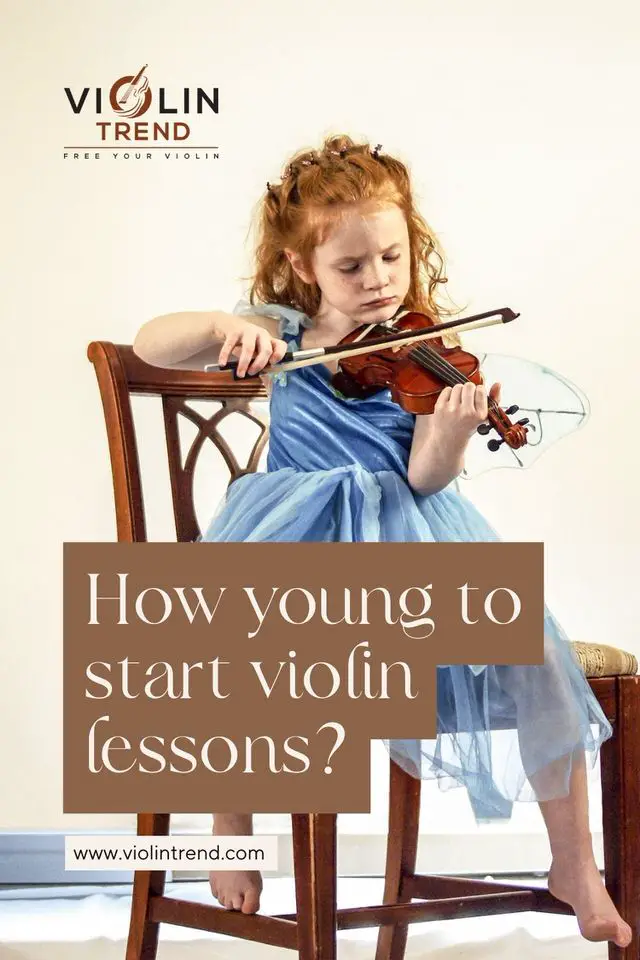
At what age should my child start learning the violin?” This question concerns the right age to begin lessons, considering physical development, attention span, and emotional readiness.
Determining the appropriate age for a child to start learning the violin is a nuanced decision that hinges on various factors, including physical development, attention span, and emotional readiness. Generally, children can begin violin lessons as young as three or four years old. At this age, they can typically hold a small violin and start developing basic motor skills necessary for playing. However, the suitability of starting at such a young age varies significantly among children.
Physical development is a crucial factor. The child must be able to comfortably hold the violin and bow, which requires fine motor skills and physical coordination. Smaller-sized violins are available for young learners, making it feasible for preschoolers to begin their musical journey.
Attention span also plays a significant role. Violin lessons require focus and the ability to follow instructions. Younger children often have shorter attention spans, which might necessitate shorter, more engaging lessons. The teacher’s ability to keep lessons fun and interactive is vital in retaining the child’s interest at this age.
Emotional readiness is another important aspect. Learning an instrument can be challenging, and the child needs to be able to handle mild frustration and be willing to persevere. Parents and teachers should foster a supportive and encouraging environment, emphasizing enjoyment and progress over perfection.
Finally, every child is unique, and there’s no one-size-fits-all answer. Some might be ready at four, while others might benefit from waiting a few years. Parental insight into their child’s personality, capabilities, and interests is indispensable in making this decision. Ultimately, the goal is to ensure that the introduction to the violin is a positive, enriching experience, paving the way for a lifelong appreciation of music.
I have dedicated a whole article on that subject: please read on.
Finding a Teacher
How do I find a suitable violin teacher for my child? Parents often wonder about the qualifications, experience, and teaching style of potential instructors and how to find a teacher who is a good fit for their child’s personality and learning style.
Finding the right violin teacher for your child is a critical step in their musical journey. It’s essential to seek a teacher with appropriate qualifications, such as a degree in music or a proven track record in violin performance and teaching. Experience in teaching children, especially at the beginner level, is essential, as it ensures the teacher is familiar with age-appropriate teaching methods and techniques.
When searching for a teacher, consider their teaching style and how it aligns with your child’s personality and learning preferences. Some children thrive under a structured, disciplined approach, while others may need a more creative and flexible style. Asking for recommendations from local music schools, other parents, or community forums can lead to reliable options.
It’s beneficial to arrange a trial lesson to observe the interaction between the teacher and your child. This session can provide insight into the teacher’s ability to engage your child, explain concepts clearly, and foster a positive and encouraging learning environment. A good teacher should not only focus on technical proficiency but also nurture a love for music, encouraging creativity and self-expression. They should set realistic goals, celebrate achievements, and constructively address challenges. Ultimately, the right teacher can significantly influence your child’s enthusiasm and success in violin learning.
Cost of violin lessons
How much do violin lessons cost?” The financial aspect is a significant consideration. This includes the cost of lessons themselves and potential additional costs like recitals or competitions.
The cost of violin lessons varies widely based on factors like the teacher’s qualifications, geographic location, and lesson duration. On average, private lessons can range from $15 to $100 or more per hour, with experienced, highly qualified instructors or those in urban areas typically charging higher rates. Some music schools and community centers offer group lessons, which can be more affordable than private tuition. Additionally, the frequency of lessons – whether weekly, bi-weekly, or otherwise – will impact the overall cost. Parents should also budget for additional expenses, such as music books, maintenance of the instrument, and recital fees, which can add to the overall cost of learning the violin.
Instrument Purchase or Rental
Should I buy or rent a violin for my child?” Deciding whether to invest in purchasing a violin or opt for rental, especially for beginners, is a common dilemma. This also includes questions about the appropriate size and quality of the instrument.
Deciding between purchasing or renting a violin for a child is a common dilemma for parents, particularly for beginners. Renting can be a practical option for young learners who are still growing and may need different sizes as they progress. Rental programs often offer the flexibility to upgrade to larger sizes and better-quality instruments as required. This is cost-effective in the early stages of learning when the child’s commitment to playing long-term is still uncertain.
On the other hand, purchasing a violin can be a worthwhile investment if the child is committed and has reached a stable size. Owning an instrument allows for a more personalized choice in terms of quality and sound, which can be motivating for the child. However, it’s important to consider the initial cost, which can vary significantly based on the violin’s quality. Seeking advice from a music teacher or professional can be helpful in determining the appropriate size and quality of the instrument for the child’s current level and potential growth.
Whether buying or renting, ensuring the instrument is adequately sized and of good quality is crucial for the child’s comfort, learning progress, and enjoyment.
Practice Commitment
How much practice is required, and how do I motivate my child to practice?” Understanding the time commitment and exploring strategies to encourage regular practice are essential for progress.
The amount of practice required for learning the violin varies with the child’s age, level of advancement, and individual goals. For beginners, especially young children, short, consistent practice sessions of about 15-30 minutes daily can be more effective than longer, infrequent sessions. As the child progresses, practice time can gradually increase. The key is regularity and quality of practice, not just duration.
Motivating a child to practice requires a blend of structure, encouragement, and creativity. Establishing a routine practice schedule helps inculcate discipline. It’s important to set achievable goals and celebrate milestones, no matter how small, to boost the child’s sense of accomplishment.
Incorporating fun elements into practice can significantly enhance motivation. This could include playing favorite songs, using music apps or games, or having occasional informal performances for the family. Parents can also motivate by showing interest in their child’s progress, attending lessons or recitals, and providing a supportive environment. Understanding that practice is a skill that develops over time and being patient and encouraging through the learning process is crucial.
This is my complete article on how long to practice the violin daily.
Long-Term Benefits and Goals
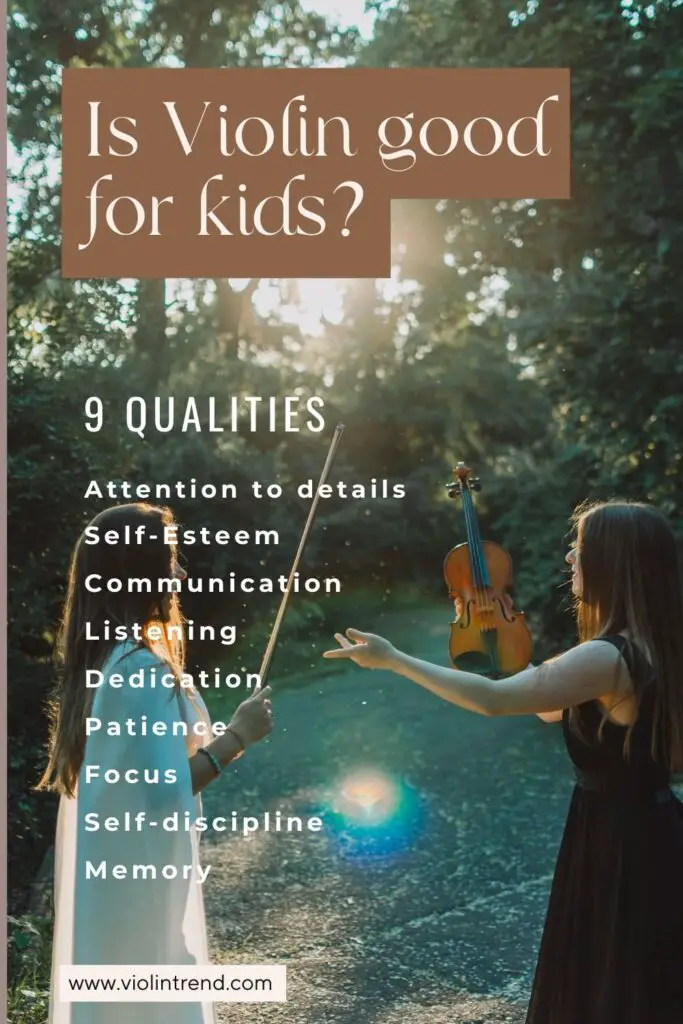
What are the benefits of learning the violin, and what goals should my child aim for?” Parents often ponder the potential academic, cognitive, and social benefits of learning an instrument, as well as setting realistic and motivating goals for their child.
Learning the violin offers a myriad of long-term benefits that extend beyond musical proficiency. Academically, it enhances cognitive skills such as memory, attention, and spatial reasoning. Music education has been linked to improved reading comprehension and mathematical abilities due to the complex thought processes involved in interpreting and playing music. Cognitively, playing the violin demands and develops focus, discipline, and problem-solving skills, contributing to overall intellectual growth.
Socially, violin lessons can improve a child’s confidence and social skills, especially when they participate in orchestras or ensembles. They learn teamwork, communication, and the value of contributing to a collective effort. Emotionally, music is a powerful medium for self-expression and emotional regulation, providing an outlet for creativity and personal expression.
Regarding goals, parents should encourage setting realistic, achievable objectives aligned with the child’s interests and abilities. Early goals might focus on learning basic scales and songs, gradually progressing to more complex pieces and performance skills. Long-term goals could include participating in recitals, joining a youth orchestra, or mastering a particularly challenging piece. The emphasis should be on enjoying the learning journey, celebrating personal progress, and nurturing a lifelong love for music.
This is my article on the qualities a child develops when learning the violin.
And the long-term benefits an adult will get from playing the violin.
Logistics
How will violin lessons fit into our family’s schedule?” Balancing lessons, practice time and other activities is a practical concern for many families.
Incorporating violin lessons into a family’s schedule requires careful planning and consideration of time management. It’s important to realistically assess the family’s routine and commitments to find a suitable time slot for lessons. Consistency is key, so choosing a regular weekly time helps establish a routine. Balancing practice time with other activities, such as school, sports, and family time, is crucial to avoid over-scheduling.
Parents might need to adjust their schedules to accommodate transport to lessons or practice supervision for younger children. Open communication with the violin teacher to find mutually convenient lesson times and a collaborative approach within the family to support the child’s musical journey are essential in managing this logistical challenge effectively.
Supporting Our Child’s Learning
How can I best support my child’s musical education?” Parents may seek advice on encouraging and assisting their children, especially if they don’t have a musical background.
Supporting a child’s musical education, especially without a musical background, involves creating an encouraging and supportive environment. Parents can start by showing genuine interest in their child’s progress, attending lessons or recitals, and celebrating achievements. Establishing a regular, distraction-free practice time at home is essential, as is providing the necessary equipment and space for practice. Encouraging consistent practice without pressuring for perfection helps maintain a positive attitude.
Parents can also learn about music theory basics or the violin to better understand and engage with their child’s learning. Seeking additional musical experiences, such as concerts or ensembles, can further enrich the child’s musical journey. Most importantly, maintaining open communication with the child and their teacher ensures any challenges are addressed promptly and supportively.
These questions can lead to more detailed inquiries as the parent delves deeper into the decision-making process…
Here are five more frequently asked questions about children learning violin, along with concise answers:
FAQ
Can my child learn violin on their own?
While self-teaching is possible with resources like online tutorials, having a teacher is highly recommended for personalized guidance, structured learning, and correcting techniques early on to prevent bad habits.
How do I know if my child is progressing?
Progress in learning the violin can be observed through their ability to play scales and songs, increasing complexity in music pieces, and growing confidence and enthusiasm for playing.
What if my child loses interest in playing the violin?
It’s normal for interests to fluctuate. Encourage a break or a varied repertoire. If disinterest persists, a conversation about the child’s feelings towards the instrument and lessons can be helpful to understand their perspective.
Are group violin lessons effective?
Group lessons can be effective, especially for beginners. They offer a fun, social environment and can be motivating. However, they may lack the personalized attention of private lessons.
How important is music theory in learning violin?
Understanding music theory is beneficial as it enhances reading music, understanding rhythm and scales, and overall musicality. It’s often integrated into violin lessons to complement practical skills.
Is it necessary for my child to participate in recitals or competitions?
Participation in recitals or competitions isn’t necessary but can be beneficial. They provide goals to work towards, opportunities to gain performance experience, and can boost confidence and motivation.
Should my child learn to read music from the beginning?
Learning to read music early on is advantageous. It builds a strong foundation for future musical learning, aids in understanding musical concepts, and enhances the ability to learn new pieces independently.
How do I choose the right size violin for my child?
Violin size is determined by arm length and age. Consult with a music teacher or violin shop expert to ensure a proper fit, as playing on the correct size violin is crucial for comfort and technique.
Can playing the violin help with my child’s academic performance?
Studies suggest that learning an instrument like the violin can improve cognitive skills, such as memory and attention, and even enhance academic performance in areas like math and reading.
What if my child wants to quit after a short time?
Before deciding to quit, it’s essential to understand the reason behind their desire to stop. Sometimes, a different teaching approach or a short break can reignite interest. However, if disinterest persists, it might be beneficial to explore other interests or instruments.
